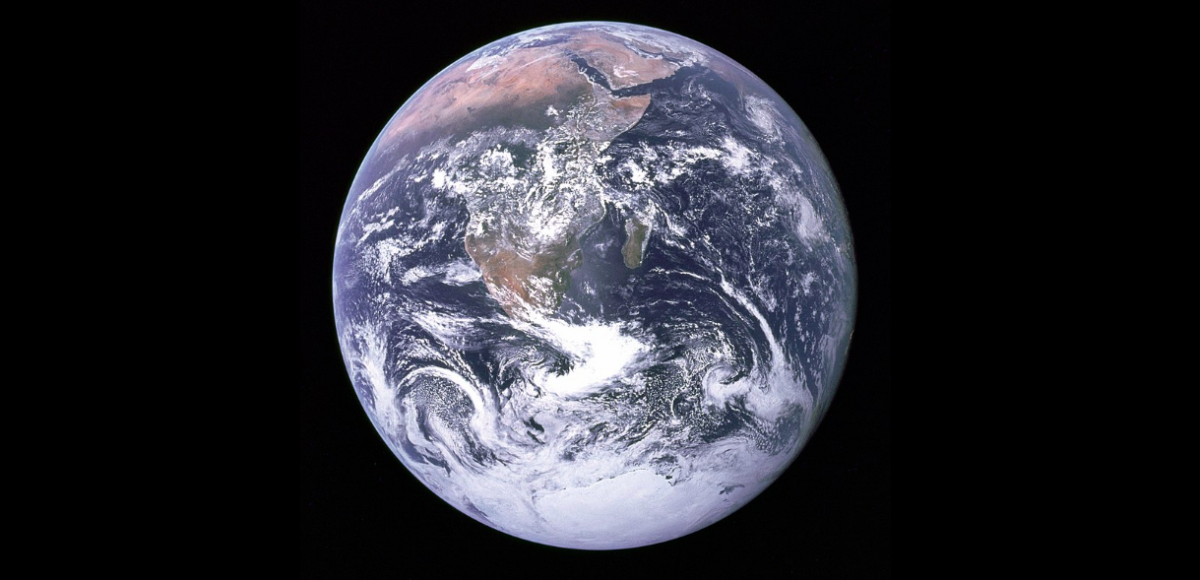By this point, Edward Burtynsky’s status among Canadian art seems to reach to the very sky, like the giant “augmented—reality” tree that he, and two collaborators, have planted at the National Gallery.
Burtynsky is collected, seen and heard worldwide, in talks and movies and, of course, in his expansive, terribly beautiful photographs of the landscapes that we humans have torn asunder. He is as much documentarian as artist, given his commitment to capturing the degradation and putting it before us on such a large and unavoidable scale. His photographs are instantly recognizable in their grand ambition, both enlightening and shaming.
Anthropocene — a geological term the Oxford dictionary defines as “the period during which human activity has been the dominant influence on climate and the environment” — is Burtynsky’s new exhibition at the National Gallery, in collaboration with the filmmakers Jennifer Baichwal and Nicholas de Pencier, and it is a grand ambition, indeed. (Editor’s Note: read an interview with Edward Burtynsky.)

Edward Burtynsky, Uralkali Potash Mine #2, Berezniki, Russia, 2017. Courtesy Metivier Gallery, Toronto
Burtynsky’s photographs line the walls of the exhibition spaces, as do videos, and installations that are probably unlike anything most people have seen before. Take that giant tree, please.
It’s a replica — I’m not sure if that’s the best word, as it’s a thing entirely new to me — of “Big Lonely Doug,” the tree on Vancouver Island that is the second-tallest Douglas fir in Canada and 1,000 years old.
Obviously, a 66-metre tree is not going to fit into even the gallery’s Grand Hall, but augmented reality (AR) makes it happen. You download an app (named Avara) and point your phone or pad at the “trigger,” which is a large column printed with a bark-like surface, and presto! The device screen is filled with a realistic looking tree that goes up and up until a reviewer is forced to use the word vertiginous. You have to hold your device overhead to see the top of the tree, which forces you to look as you would if you were actually keeping the real Big Lonely Doug company.
The app is central to the exhibition and, not surprisingly for “cutting-edge” technology, it’s not without bugs, but it usually worked for me, and it’s worth the effort. Inside the main exhibition spaces, a small, rectangular box is transformed on your device screen into a life-sized recreation of Sudan, who was the last male northern white rhino when he died in Kenya earlier this year. You can walk around Sudan — he even moves, eyes blinking.

Edward Burtynsky, Saw Mills #1, Lagos, Nigeria 2016. Courtesy Metivier Gallery, Toronto
Adjacent is another inauspicious looking shape. Hold up your device and it becomes a hut-like stack of ivory tusks, cut by poachers from slaughtered elephants and later confiscated by Kenyan authorities. Two rooms away is a video of the tusks being burned by those authorities. As the camera pulls out you see not one pile of tusks but many, as if an entire village of tusks has been set afire. It is tremendously sad, and makes one wonder how there are any elephants left at all.
The AR also works with several massive, wall-sized photographs, including a coral reef and a rainforest. Pointing your device at different locations on the giant panels prompts immersive videos that foster a sense of being there — walking through that majestic forest, until chainsaws turn it into clearcut, or swimming with a sea turtle in tropical blue waters.
Most of the photographs are not as large — though, this being Burtynsky, you won’t see any wallet-sized snaps about.
His photographs are invariably compelling and appalling. A landfill in Nairobi overflows with what must be a billion plastic bottles. A Chinese fabrication yard is filled with concrete tetrapods — concrete is “a prime marker of the Anthropocene” — each created to slow what may be the ultimately inexorable erosion of coastlines. The tetrapods are so numerous that a continent could be built of them, from scratch.
Burtynsky has a talent for tricking the eye. From across the room, his photograph of a copper mine in Arizona made me think I was looking at a gilded altar, or some decorator’s fit of rococo frenzy. A tunnel in a Russian potash mine looks similarly extravagant, a glowing passage of rusty reds and swirling gold-flecked rock. The beauty pulls you in, until ugly reality becomes clear.

Edward Burtynsky: Cerro Dominador Solar Project #1, Atacama Desert, Chile, 2017. Courtesy Metivier Gallery, Toronto
In Anthropocene, Burtynsky, Baichwal and de Pencier, with curation by Andrea Kunard, have combined scenes we don’t want to see with a new way of seeing them. Visitors can use their own device, or one of a couple of dozen iPads the gallery has available, to sort of put themselves, for better or worse, into the scenes before them.
Much of the degradation on display is a result of unchecked consumerism, so it’s fitting that smart phones, the ultimate consumer desire of our times, are put to work. It’s hard to miss the reference, when you’re holding the phone/pad in front of your face, between you and the horrible scenes we’ve all helped to create. It makes you wonder if there’ll be any humans left to celebrate when Big Lonely Doug marks his 2,000th birthday.
Anthropocene continues to Feb. 24 at the National Gallery of Canada..






